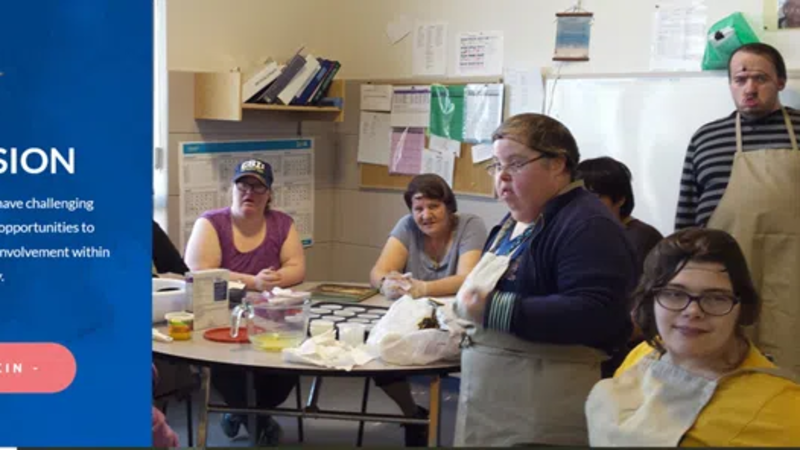
Indigenous educators in Saskatchewan look to boost graduation rates
Jason Young measures the success of his students from one year to the next, celebrating wins both big and small.
The director of education for Saskatchewan’s Northern Lights School Division, which is responsible for most of the province’s northern communities, says it’s important to highlight every bit of progress among Indigenous students despite graduation rates remaining relatively low.
“It’s looking for those instances where there is success and building upon that,” Young said in a recent interview.
“Whether it’s a 50-per-cent graduation rate and we saw a three per cent increase or whether it’s 60 per cent and we see a five per cent increase, we just celebrate where we’re at and the progress we’re making year-over-year, as opposed to making comparisons with other people in the province.”


